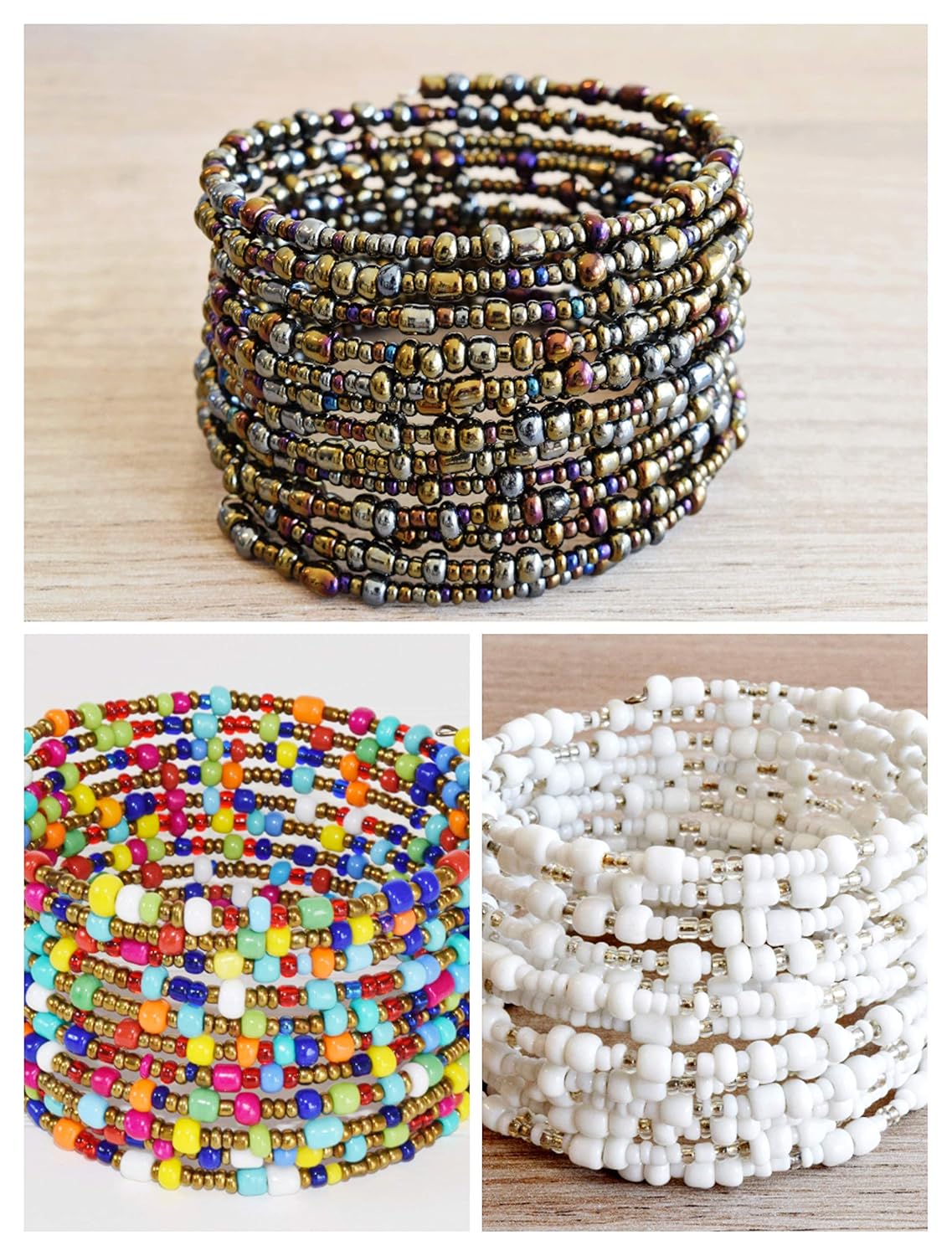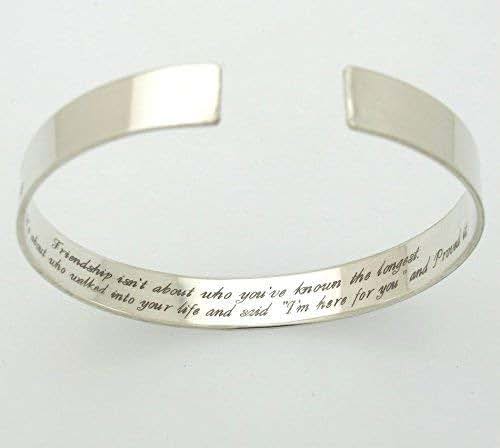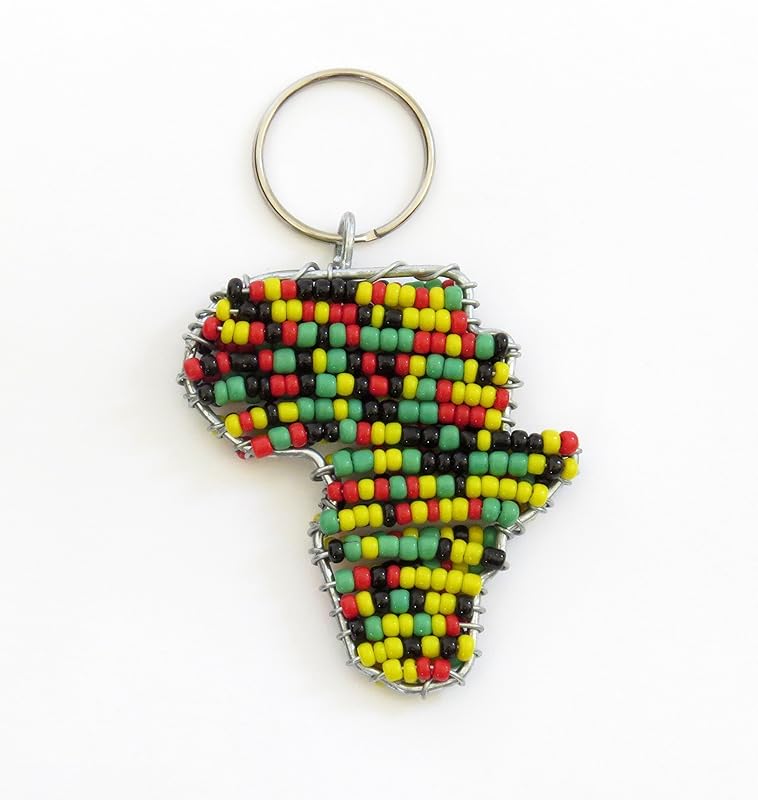Beaded African bracelets are more than just decorative accessories; they are a rich tapestry of history, culture, and artistry that reflects the diverse traditions of African societies. From their intricate designs to the stories they tell, these bracelets serve as a vital link to the past and a medium for personal expression. This article delves into the significance, craftsmanship, and modern relevance of beaded African bracelets, illuminating their role as a cultural heritage.
The Historical Significance of Beaded Bracelets

Beaded bracelets have a long history in Africa, dating back thousands of years. They have been utilized in various contexts, including:
- Rituals and Ceremonies: Many African communities use beaded jewelry in traditional rituals, including weddings, initiations, and other significant life events. The colors and patterns often carry specific meanings that relate to the occasion.
- Social Status: In many tribes, the type and complexity of beadwork can indicate a person’s social standing. For instance, intricate beadwork may signify nobility, while simpler designs might represent commoners.
- Identity and Belonging: Bracelets can denote tribal affiliation and serve as a means of expressing cultural identity. Different tribes have unique styles and colors that are distinctive to their heritage.
For example, the Maasai people of East Africa are known for their striking beadwork, which combines bright colors and specific patterns that represent their culture and identity. Each design tells a story, often related to the wearer’s social status or life stage.
The Craftsmanship Behind Beaded Bracelets

The making of beaded African bracelets is a meticulous art form that requires skill, patience, and creativity. The process typically involves several stages:
- Material Selection: Artisans choose from a variety of materials, including glass, clay, wood, and seeds. The choice of material often depends on the cultural context and availability.
- Design Planning: Before starting, artisans draft a design that reflects personal or cultural significance. This step is crucial as it ensures that the bracelet will convey the intended message.
- Beading Techniques: Various techniques are employed in beadwork, including weaving, stringing, and embroidery. Each technique results in different textures and styles.
- Final Assembly: After the beads are arranged according to the design, they are assembled into a finished bracelet. This stage often involves adding closures or additional embellishments.
Artisans often learn these techniques from family members or through community workshops, ensuring that the knowledge is passed down through generations. This tradition of mentorship enriches the cultural landscape and preserves the art form.
Symbolism and Meaning in Beaded Bracelets

Beaded bracelets carry deep personal and cultural meanings that vary from one community to another. The colors, patterns, and materials used can symbolize various concepts, such as:
- Protection: Certain colors and designs are believed to offer spiritual protection against negative forces.
- Fertility: In some cultures, specific beads may be worn by women as a symbol of fertility and motherhood.
- Friendship and Love: Bracelets exchanged between friends or partners often symbolize loyalty and commitment.
For instance, the Zulu people of South Africa use beadwork to convey messages. A red bead may signify love, while a blue bead could denote peace. This intricate language of colors adds depth to the art of beaded bracelets.
Contemporary Trends and Global Influence

In recent years, beaded African bracelets have gained popularity worldwide, transcending cultural boundaries. Contemporary artists and fashion designers have incorporated traditional beadwork into modern fashion, creating a fusion of styles that resonates with global audiences.
- Fashion Statements: Many celebrities and influencers wear beaded bracelets, elevating them to trendy fashion accessories that appeal to a younger demographic.
- Artisan Cooperatives: Numerous cooperatives have emerged in Africa, allowing artisans to market their work globally, thus providing them with fair wages and sustainable livelihoods.
- Awareness and Advocacy: Beaded bracelets are often used as tools for social change, with proceeds from sales supporting education, health programs, and women’s empowerment initiatives.
One notable example is the “Beads for Life” initiative, which empowers women in Uganda to create and sell beaded products, helping them break the cycle of poverty. Such initiatives not only promote the art of beading but also foster community development.
Case Studies of Notable Beaded Bracelet Artisans

Several artisans have gained recognition for their exceptional work in the realm of beaded bracelets. Here are a couple of notable examples:
- Sharon Kihara: A Kenyan artist known for her innovative approach to beadwork, Kihara combines traditional techniques with modern aesthetics. Her bracelets often feature intricate designs that tell stories of her heritage while appealing to contemporary tastes.
- Oumou Sy: A Senegalese fashion designer, Sy incorporates beaded elements into her fashion collections, showcasing the versatility of beadwork in modern apparel. Her work has brought international attention to the craftsmanship of African artisans.
These artisans not only preserve traditional techniques but also push the boundaries of creativity, ensuring that the art of beaded bracelets continues to evolve.
The Future of Beaded African Bracelets

The future of beaded African bracelets looks promising, with continued interest in cultural heritage and artisan craftsmanship. However, challenges remain, including:
- Preservation of Techniques: As modernity encroaches, there is a risk of traditional techniques being lost. Artisans must adapt while maintaining the integrity of their craft.
- Market Saturation: The increasing popularity of beaded bracelets may lead to mass-produced imitations that undermine the value of handcrafted pieces.
- Environmental Impact: Sourcing sustainable materials is becoming increasingly important, with artisans encouraged to use environmentally friendly practices.
To address these challenges, organizations that support artisans are crucial. They can provide training, market access, and resources to help preserve the cultural significance of beadwork while promoting economic development.
The art of beaded African bracelets is a profound representation of cultural heritage, embodying a wealth of history, craftsmanship, and symbolism. As we explore the intricate designs and meanings behind these bracelets, we gain insights into the diverse cultures of Africa and the stories they tell. The contemporary resurgence of interest in beaded jewelry not only highlights the artistry involved but also emphasizes the importance of preserving these traditions for future generations. By supporting artisans and recognizing the cultural significance of their craft, we contribute to a global appreciation of this unique form of artistic expression. Ultimately, beaded African bracelets are not just accessories; they are a celebration of identity, community, and resilience.


